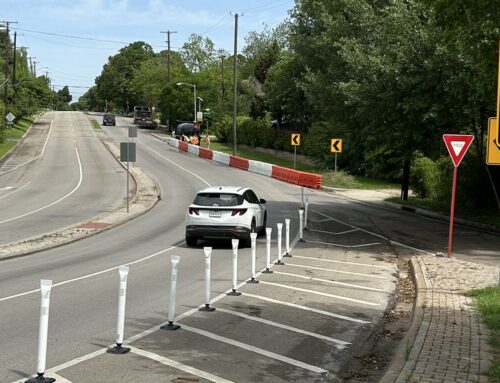With more than 150,000 students spread across dozens of campuses, Dallas Independent School District has always struggled to stay ahead of the curve financially. On election day, Nov. 3, the district is asking voters to approve a $1.6 billion bond that would improve programs and infrastructure at schools all over the city.
DISD released this interactive map to show exactly how the funds will be used, but the highlights include $500 million for basic facility improvements like plumbing, roof repair and HVAC maintenance; $464 million for new and replacement schools; and $233 million for education enhancements like new technology, athletic facilities, libraries and science labs.
Despite the hefty price tag, DISD officials say that tax rates for homeowners won’t change with the new bond. In their tax rate analysis, DISD points to the city’s rapidly growing population as one of several factors that will keep the debt services tax rate at $0.242, the current rate, after the bond is implemented.
Some critics have been dubious of that claim, saying there’s no way to issue a $1.6 billion in bonds without raising taxes. On the anonymous but well-read DISDblog.com, one writer points out a potential loophole that would allow the district to raise the tax rate to pay off future bond debt. DISD did not immediately return a phone call and email asking for their interpretation of that claim, but we’ll update this story when we hear back.
Other critics say the bond doesn’t go far enough to tackle critical school needs. DISD has identified $4 billion worth of capital needs for infrastructure and other improvements, and the NAACP told WFAA they’d like to see the district do more to enhance all of the schools in the district.
But yet others have questioned whether the bond is necessary at all. In a district where certain campuses and brimming over with students, while others are only half-full, a Dallas Morning News article questions whether the district should instead focus on changing school attendance boundaries to filter more students into schools with more open seats.
For more information on the Nov. 3 vote, visit Dallas County Elections.





